4 Things You Should Know Before Visiting Malaysia
Frequent visitor Mark Eveleigh shares the things he wishes he knew before traveling to Malaysia. Find out what Malaysia is like, the best places to go, how to experience the culture, and why it's so worth visiting.
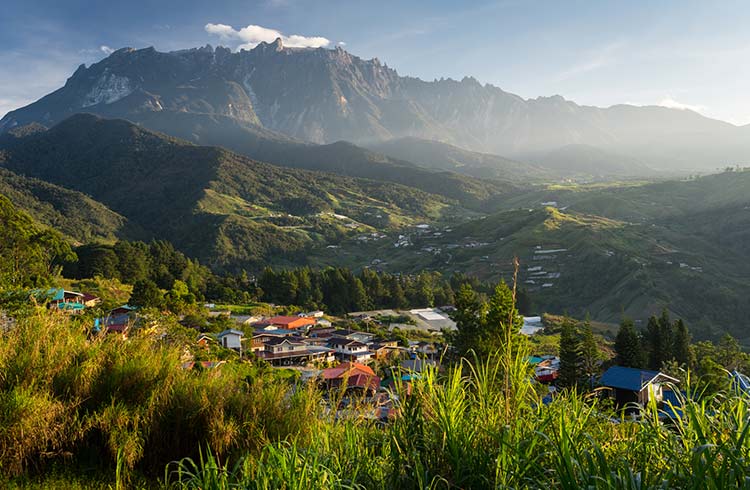 Photo © Getty Images/Punnawitsuwuttananun
Photo © Getty Images/Punnawitsuwuttananun
Since I first visited Malaysia in the 1990s (during a three-month jungle expedition, researching my first book, Fever Trees of Borneo), I’ve returned to the country on assignments many times. Something about the spectacular nature and the hospitable spirit of Malaysian people (from all walks of life) has surprised me each time I returned.
Here are four things about Malaysia that I wish I’d known 30 years ago.
- Malaysia’s geography and diversity
- The best ways to experience Malaysian culture
- Best Malaysian dishes and where to try them
- Getting around Malaysia
Malaysia’s geography and diversity
Unless you’re crossing one of Peninsular Malaysia’s two land borders (either from the north out of Thailand or from Singapore, the southern neighbor), Kuala Lumpur is likely to be your first introduction to Malaysian diversity. The gleaming steel and glass skyscrapers of the Malaysian capital have come a long way since the city was first humbly named Kuala Lumpur – meaning ‘muddy estuary’. Both geographically and ‘atmospherically’ KL, as it’s commonly known, is about halfway between (edgy) Bangkok and (polished) Singapore. It’s the ideal introduction to Southeast Asia.
Malaysia is famed for spectacular beaches that could rival any on the planet and there are more than 800 islands here. While beach bums head for the Perhentian Islands, luxury-seeking high-fliers tend to gravitate towards Langkawi (which is two-thirds the size of Singapore). Tioman Island offers some exciting hiking while Sipadan Island (off the coast of Sabah in Northern Borneo) boasts some of the world’s best diving. The lovely, historical island of Penang is one of the most fascinating places in Southeast Asia, with enough cultural and natural allure to keep you exploring for weeks.
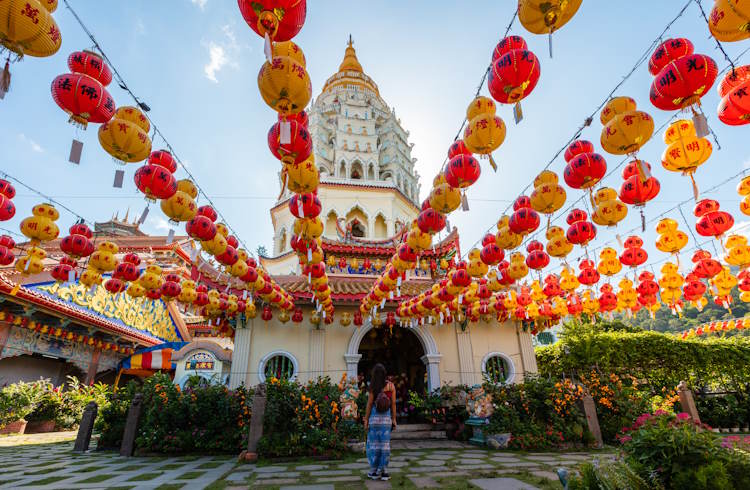
With an estimated 2,905mi (4,675km) of tropical coastline, you might be forgiven for thinking that Malaysia’s attractions are all at sea level but the inland natural wildernesses, both on Peninsular Malaysia and the East Malaysian states of Sarawak and Sabah, offer a unique chance to combine a beach holiday with a once-in-a-lifetime jungle adventure. The superlatives speak for themselves: the pristine rainforest of Taman Negara National Park, for example, is said to be the oldest primary forest in the world at more than 130 million years old and the rocks of the Cambrian Machinchang Formation (part of Langkawi’s UNESCO Global Geopark) are estimated at somewhere around 500 million years old.
Sabah’s Mount Kinabalu (rising to 13,435ft/4,095m) is Southeast Asia’s highest mountain and then there’s the irresistible jungle-covered vastness of Sarawak state, itself almost equal in area to ‘mainland’ Malaysia.
The best ways to experience Malaysian culture
While this is predominantly a Muslim country, just a little exploration in the capital will give you an insight into Malaysia’s amazing cultural diversity. Chinatown (centered on Petaling Street) and Little India (around Brickfields) are the most obvious introductions to the lifestyle, traditions, culture, and cuisine of Malaysia’s two largest ethnic groups. All over the country you’ll meet indigenous people from some of the country’s countless tribes. Sabah alone is said to have almost 40 tribes and Sarawak is the land of the legendary Iban (once known as the headhunting ‘Sea Dayak’), the Bidayuh (‘Land Dayaks’) and countless lesser tribes known collectively as the Orang Ulu (‘Upriver People’).
For an adventurous traveler, there are few places that offer the opportunities that Borneo does. The historical city of Kuching (in Sarawak) is the ideal hop-off point for adventurers who want to visit the land of the orangutans. While many parts of Kalimantan (the Indonesian part of Borneo island) remain almost unknown to outsiders, Sarawak and Sabah offer easier access to remote longhouse and riverside communities.

But you needn’t head for Borneo for indigenous culture since, even within relatively easy access of Kuala Lumpur, you can find unexpected traditions. Melaka, for example, (two hours south of the capital) is home to a unique community of Kristang people (of predominantly Portuguese descent) and just over an hour to the north, in Perak State, you find the Semang. One of almost a hundred groups that are known collectively as Orang Asli (‘Original People’), the Semang settled in this area more than 10,000 years ago.
Best Malaysian dishes to seek out and where to try them
Skip the hotel breakfast buffet because local markets can be the best (and liveliest) places to breakfast. Roti canai (pronounced rotty chan-eye), a sort of flat bread that is dipped in curry sauce, might seem like an unlikely breakfast but try it just once and you will probably want to start every day that way! It’s best paired with teh tarik (literally ‘pulled tea’) which is typically milky and sweet and poured – or ‘pulled’ – from a height for maximum frothiness.
Malaysia might be second only to Singapore as a foodie’s paradise and, like the southern neighbor, its appeal comes from the mix of Malay, Chinese, and Indian ingredients. ‘Hawker centres’ (simple food courts) are ideal for lunch since they offer unrivalled variety. They’re often in an open-air market area or might simply be a cooperative of several food stalls operating on the ground floor of old Chinese-style shophouses. Here you’ll find a variety of stalls selling rice, noodle, meat (pork, chicken, beef, duck) and other stalls specializing in drinks and desserts. Just point at anything that appeals and don’t hesitate to be adventurous.
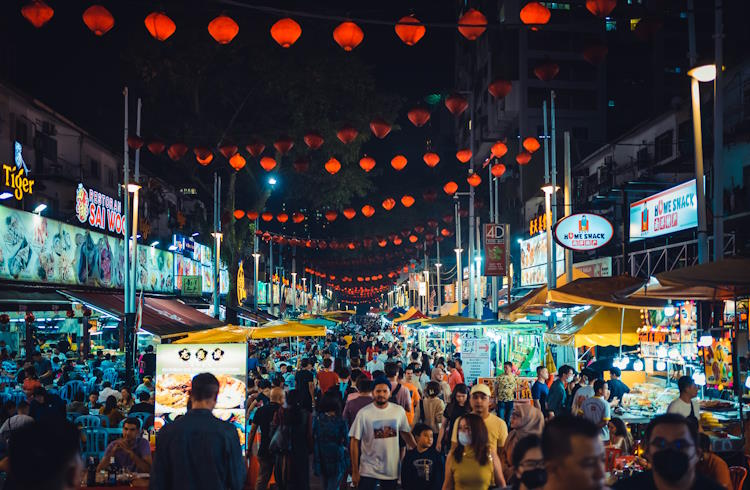
Most Malaysians tend to eat their evening meal relatively early (shortly after sundown) and you’ll find formal dining in restaurants of every type in the cities. Bear in mind that Malay (i.e. Islamic) eateries will be pork-free. Also, most will not serve alcohol (although most Indian and Chinese establishments do).
Malaysian Borneo is a culinary adventure all its own. In the main towns you’ll find delicacies such as the spicy, coconut-scented prawn soup known as laksa but once you get to the jungle camps and riverside communities of the interior you might find your taste buds challenged by such staples as tuak (palm wine), roasted sago worms and fermented durian paste (surprisingly delicious once you acquire the taste).
Getting around Malaysia
Relatively strict traffic laws (compared at least with neighboring Thailand) surround the rental of motorbikes and road safety in general. Don’t ride without a license and always wear a helmet (good advice anywhere!) if you plan on traveling independently on Malaysian highways*.
Fortunately, the public transport system is convenient and reliable with comfortable long-distance (sleeper) buses linking all the main hubs with vehicles that are often surprisingly spacious and comfortable. There are 1,150mi (1,851km) of railway line in Malaysia and trains to match every budget – from the basic economy-class commuter trains to the hyper-luxurious Eastern & Oriental Express – run the length of the peninsula.
The MRT (Mass Rapid Transit) and LRT (Light Rail Transit) systems make for easy travel around the Kuala Lumpur metropolitan area. Sabah State Railway also features a lovely local train route through the Crocker Range and the North Borneo Railway (also in Sabah) even has resurrected steam engines that haul day-trippers along a network that dates back well over 100 years.
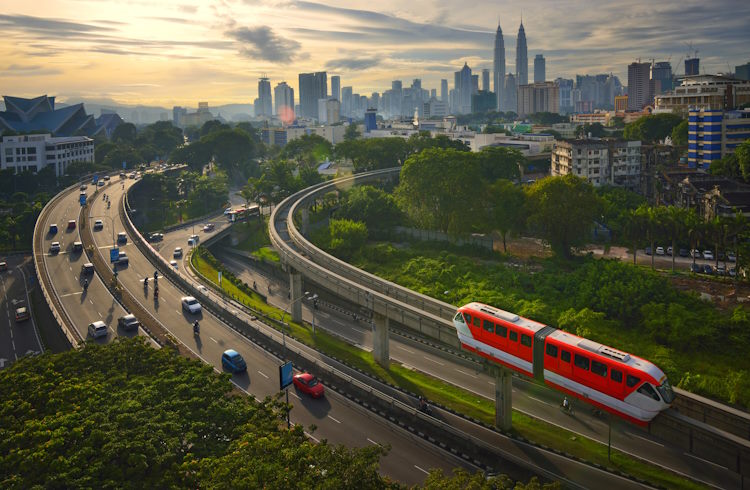
Langawi Island, Tioman, and the Perhentians are all accessible from the mainland by ferry, but you’ll need to fly between Kuala Lumpur and Kuching (Sarawak) or Kota Kinabalu (Sabah). In Sabah and, even more so, in Sarawak you’ll find yourself traveling by river – often in motorized passenger longboats that link the upriver communities. If you’re looking for a combination of unique wildlife and Borneo’s traditional Dayak culture, consider a river jaunt into Sabah’s Kinabatangan River region or Danum Valley Conservation Area or into Sarawak’s unspoiled Batang Ai National Park.
Traveling in Borneo can be time-consuming, but it’s worth all the hassles (even the leeches) and could be the adventure of a lifetime.
*If you choose to ride, consider travel insurance and be sure to comply with its requirements, such as riding with a helmet and being appropriately licensed to ride in your home country at your destination.
Related articles
Simple and flexible travel insurance
You can buy at home or while traveling, and claim online from anywhere in the world. With 150+ adventure activities covered and 24/7 emergency assistance.
Get a quote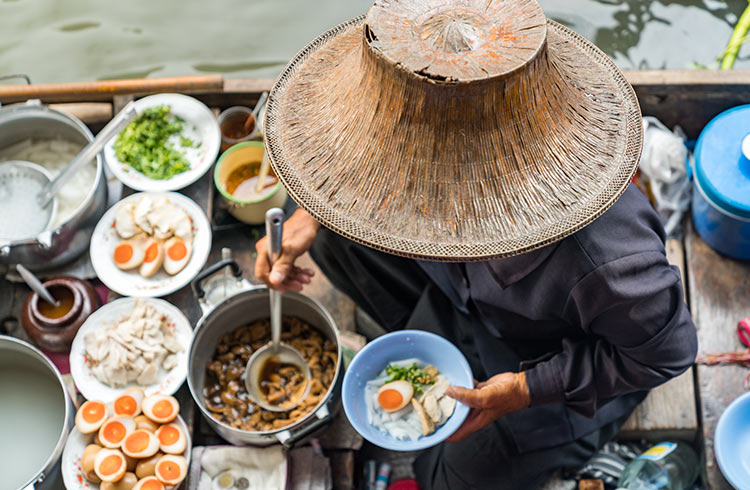
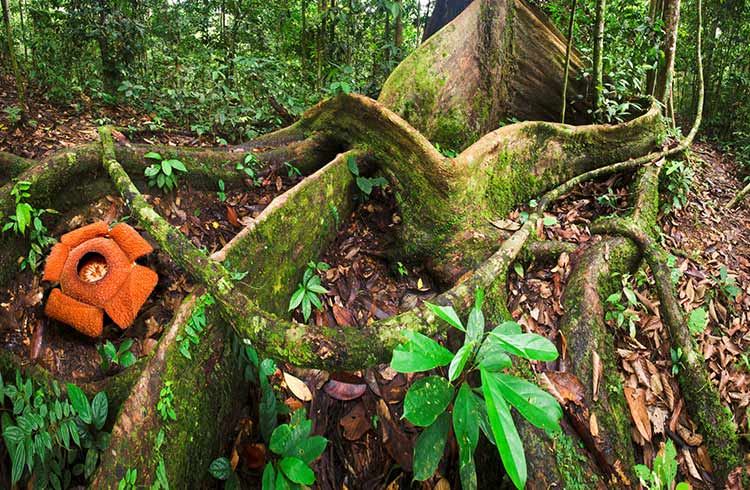

No Comments